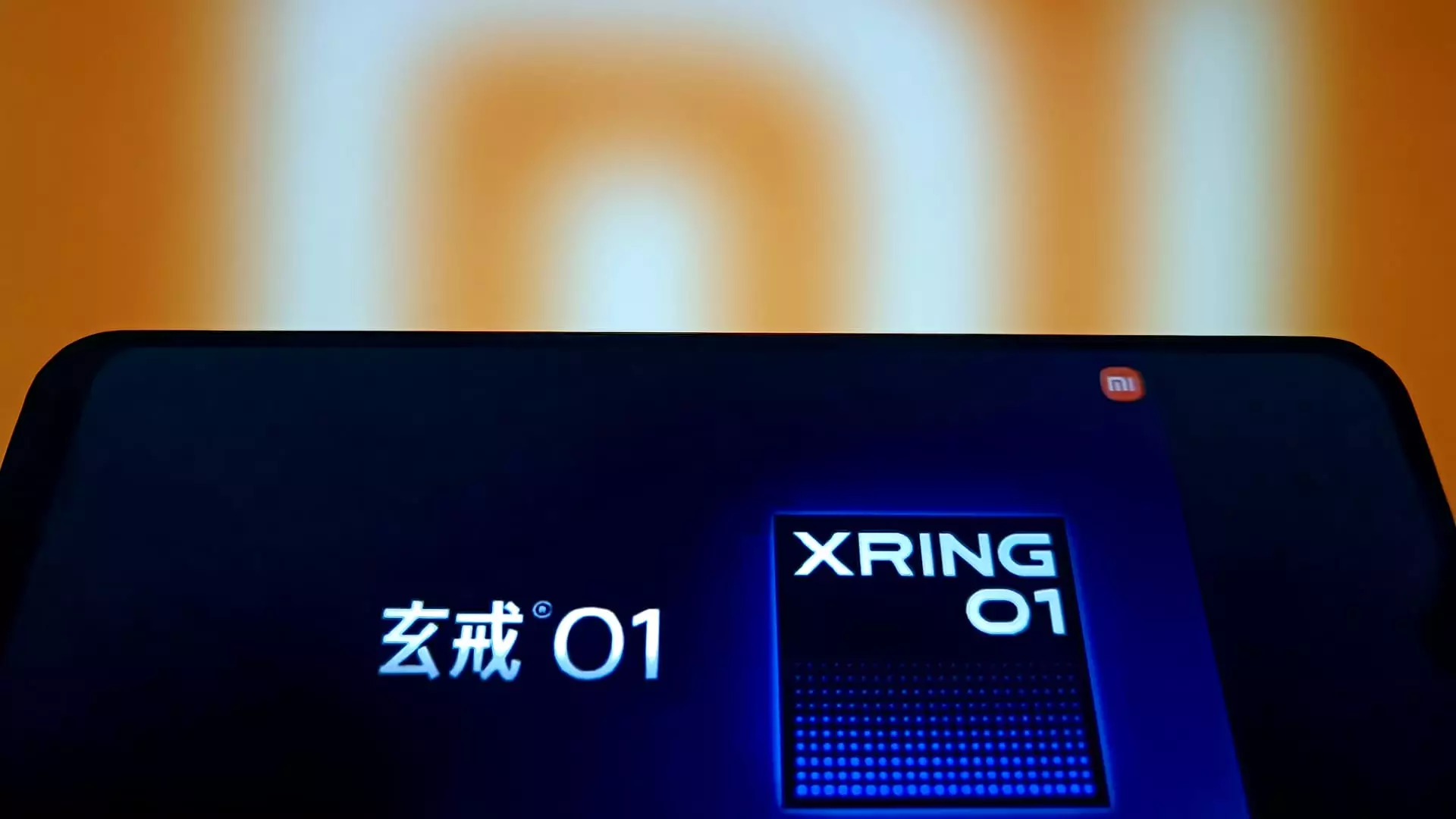In a world where smartphone pricing can dictate consumer behavior, Xiaomi is making waves by offering a new alternative to Apple’s iPhone. The recently launched Xiaomi 15S Pro is priced at a mere 5,499 yuan ($764), which positions it as an attractive option for budget-conscious consumers who may be hesitant to splurge on Apple’s more expensive models that start at 7,999 yuan. This aggressive pricing strategy not only places Xiaomi in a favorable position amid economic uncertainty but also cleverly taps into the Chinese government’s subsidy program. Consumers are often swayed by price discrepancies, and Xiaomi is expertly crafting a narrative that suggests they can attain high-quality features without breaking the bank—something Apple, with its exorbitant prices, struggles to compete with.
This price strategy is not just about short-term gains; it’s a long-term game aimed at building brand loyalty among younger consumers who might otherwise view Apple as the only aspirational brand. Generation Z and millennials prioritize value; they want top technology at accessible prices. Xiaomi’s decision to make its latest flagship more affordable could very well tilt the scales in its favor, especially in a consumer market that increasingly values cost-effectiveness over brand prestige.
Technological Claims: Are They Too Good to Be True?
At the launch of the Xiaomi 15S Pro, CEO Lei Jun made ambitious claims about the performance of the company’s new Xring O1 chip. Observations that it supposedly outperforms Apple’s A18 Pro in several areas—such as reducing heat while gaming—can be seen as both bold and risky. Such statements could be interpreted as a direct challenge to Apple’s status as the leader in mobile technology. However, one cannot ignore the significance of boasting about chip performance without independent verification. While the tech community eagerly awaits cross-examinations, there is an air of skepticism; claims may hold weight, but until verified by third parties, they risk being seen as mere marketing rhetoric.
Additionally, this ambition is reflective of a broader trend in the smartphone industry: the race for technological supremacy. Companies are no longer merely selling devices but entire ecosystems of technology that appeal to consumers who value innovation. Yet, Xiaomi’s heavy investment—200 billion yuan for R&D over the next five years—highlights a transformative vision for the company. If their claims regarding the Xring O1 chip prove valid in practical applications, then we may well witness tectonic shifts in the smartphone arena.
Lessons from Electric Vehicles: A Broader Implication
Xiaomi is not just striving in the smartphone segment; its foray into electric vehicles with the SU7 sedan serves as an interesting metaphor for its broader ambitions. Just as Xiaomi aims to be competitive in smartphones through aggressive pricing and advanced technology, it echoes the strategy in its automotive division with overwhelming commitment. Priced significantly lower than competitors like Tesla, Xiaomi’s approach to EVs indicates a willingness to disrupt established markets—something rarely seen from traditional automotive giants.
However, the electric vehicle industry’s challenges—demonstrated by the tragic crash involving an SU7—underscore the risks associated with rapid expansion and the high stakes of maintaining consumer trust. As automakers globally face increasing scrutiny over safety and marketing ethics, Xiaomi’s strategy will be watched closely. Does the move to prioritize competitive pricing while exploring advanced tech mean compromising on safety? Such public relations risks can backfire spectacularly if not managed properly.
The Road Ahead: Can Xiaomi Maintain Its Momentum?
With Xiaomi poised to invest 50 billion yuan over the next decade strictly in chip development, the question remains: can the company sustain its growth trajectory amid a global technological landscape that is becoming increasingly hostile due to political tensions and trade restrictions? While the Chinese government’s subsidies and a strong domestic market provide some cushion, the lack of access to advanced semiconductors from the U.S. could create significant hurdles.
As we chart this evolving tech landscape, the competition between Xiaomi and Apple may not just be about phones, chips, or even electric cars; it’s about who can adapt and innovate in the face of external pressures. The consumer’s perception of value and technological edge becomes paramount, making the ongoing battle between these giants a fascinating spectacle worthy of attention. The stakes are high, and as such, the coming months will be critical in determining whether Xiaomi can truly become a worthy adversary to the titan that is Apple.

